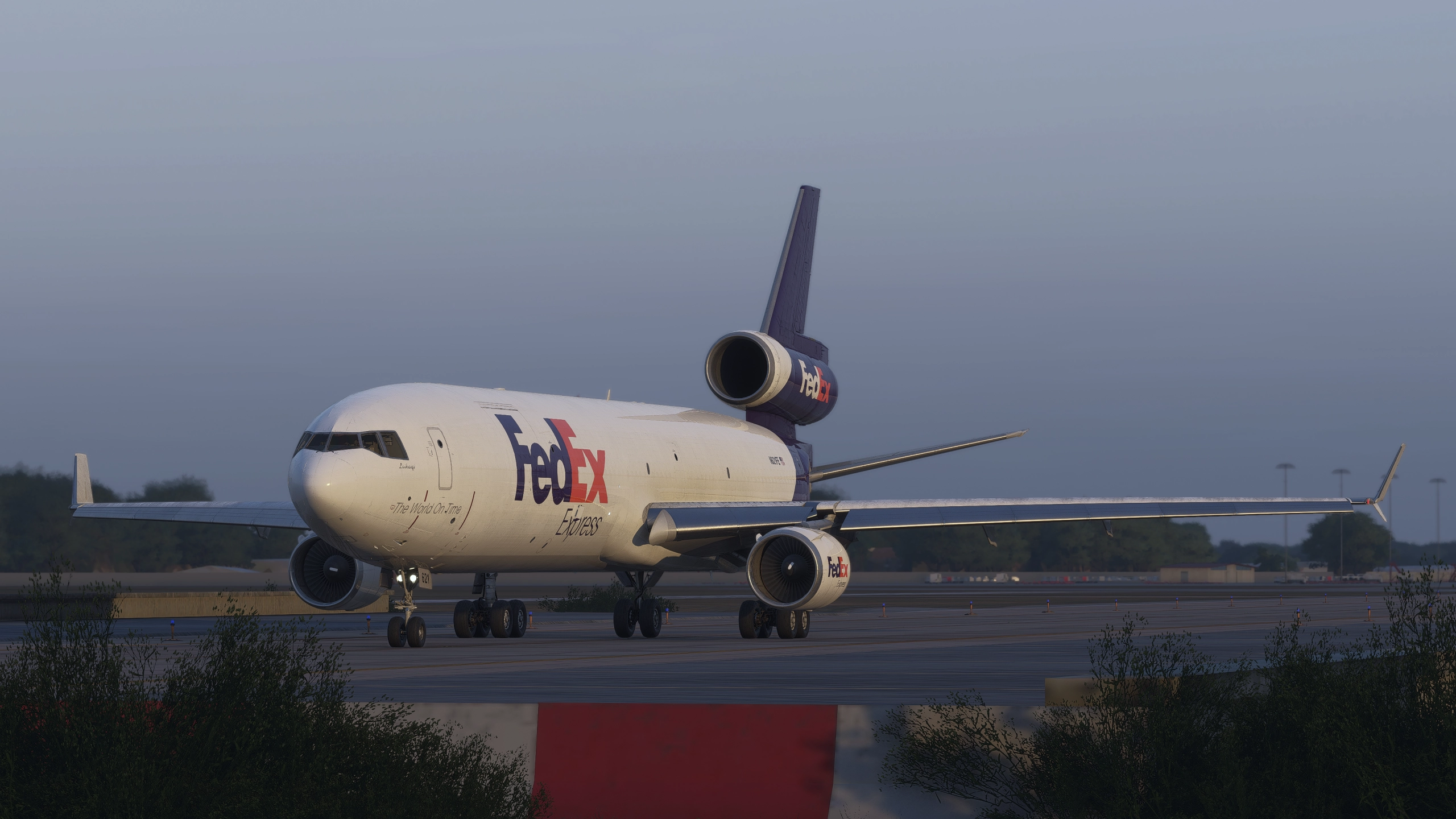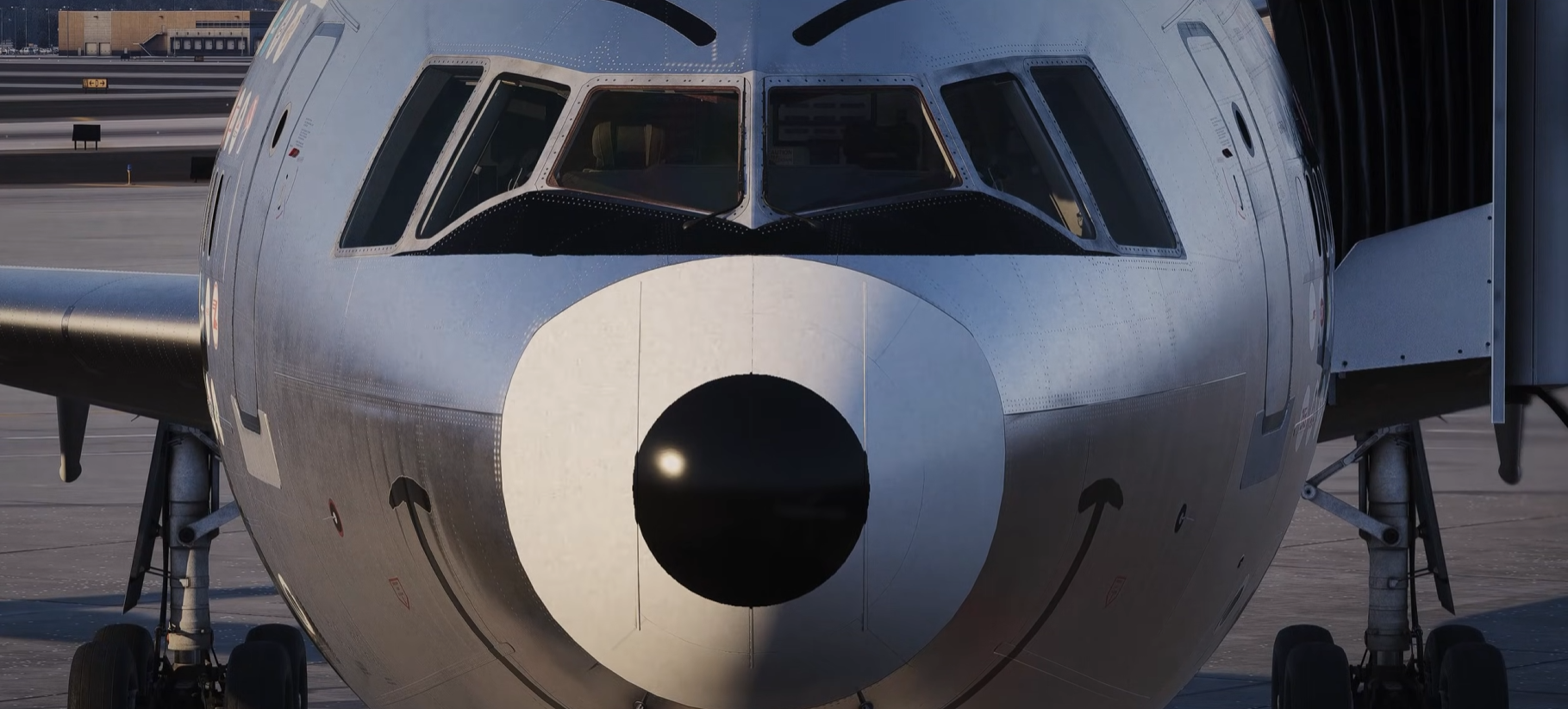HotStart TBM-900 Release Info Announced
HotStart have formally announced a lot of information about the release of their very much anticipated TBM-900! First and foremost: the TBM-900 will be released this Saturday (20th October) at 00:00 Eastern Standard Time (EST). Over the course of the next few days, the team will be live-streaming their aircraft on Twitch, with the first due today at 18:30 EST.
Key highlights of the (very!) long features list include:
- Custom and accurate systems everywhere, from the electrical system, down to individual sub-components
- An airframe manager that allows you to save multiple airframe states
- Airframe states are always persistent, even when the sim is not running. So be sure to check tyre deflation, oil temps and battery levels!
- Custom sound engine for every component
- Ability to create custom liveries with ease
A full list of features is included at the bottom of this article.
In flight simulation, we are used to aircraft engines starting first-time, every time. This is not the case with the TBM-900, as the engine may take one or many attempts to start. Or perhaps the battery is unusually low - the team have worked tirelessly to integrate a 'personality' into the aircraft.
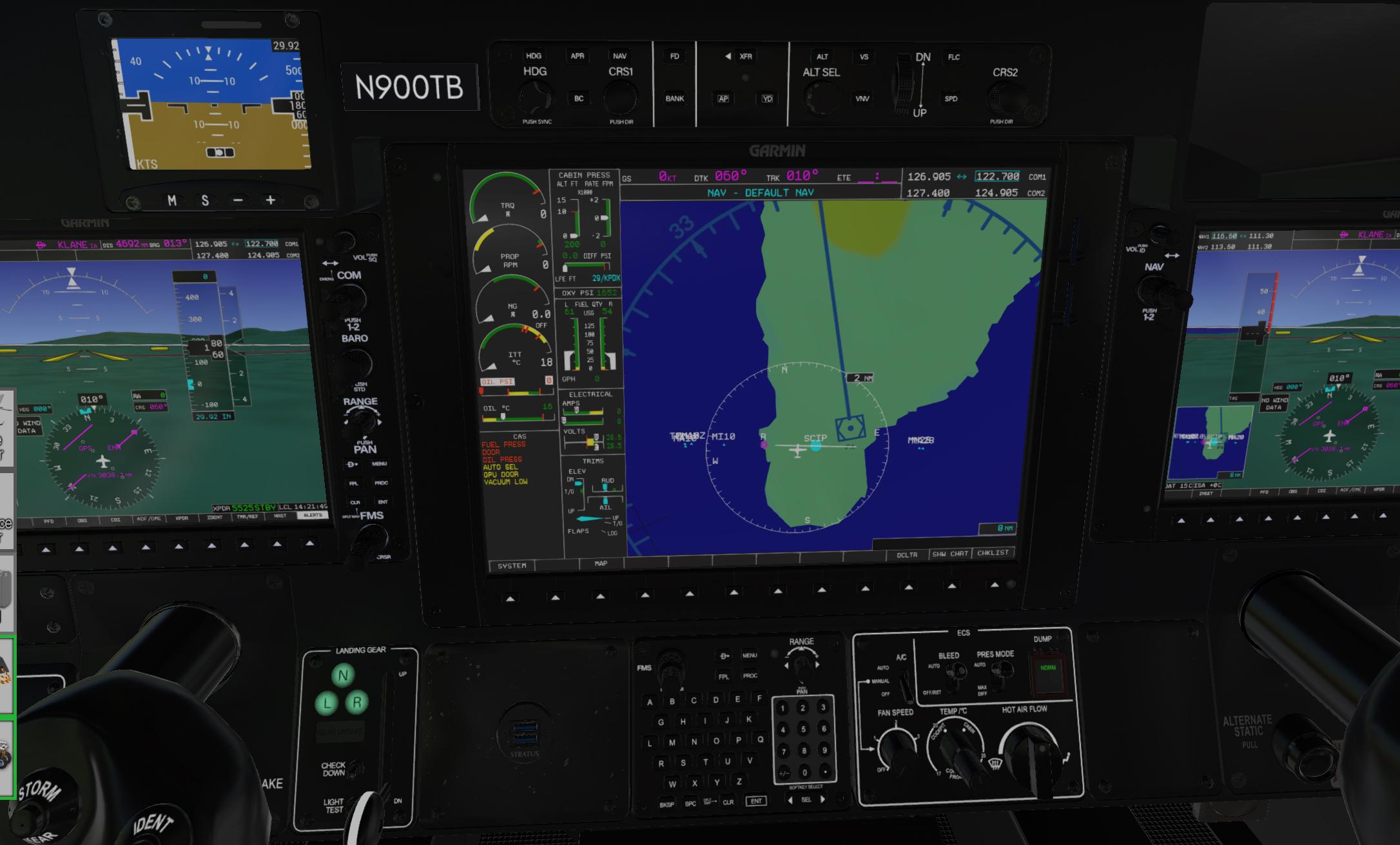
The TBM-900 will also allow you to view what's going on inside. Below, is the in-sim diagram of the Pratt & Witney PT6A-66D engine. Each data point has its own graph to display temperatures over the past ten minutes:
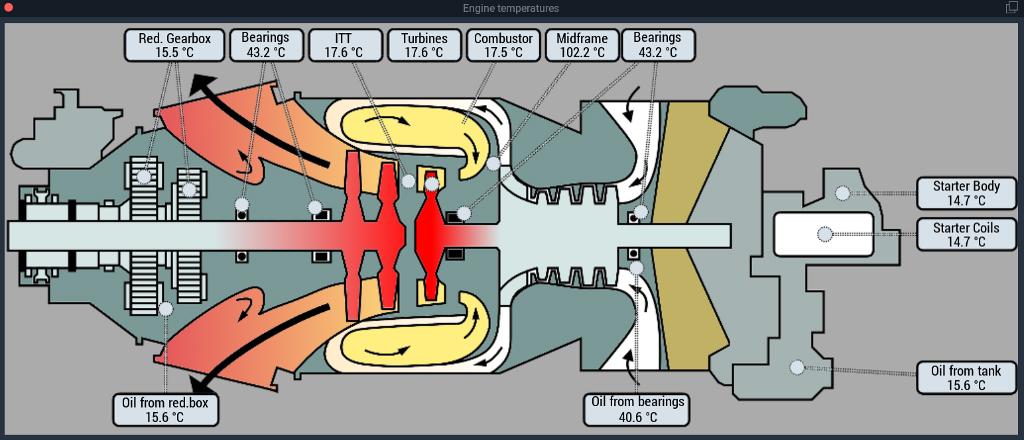
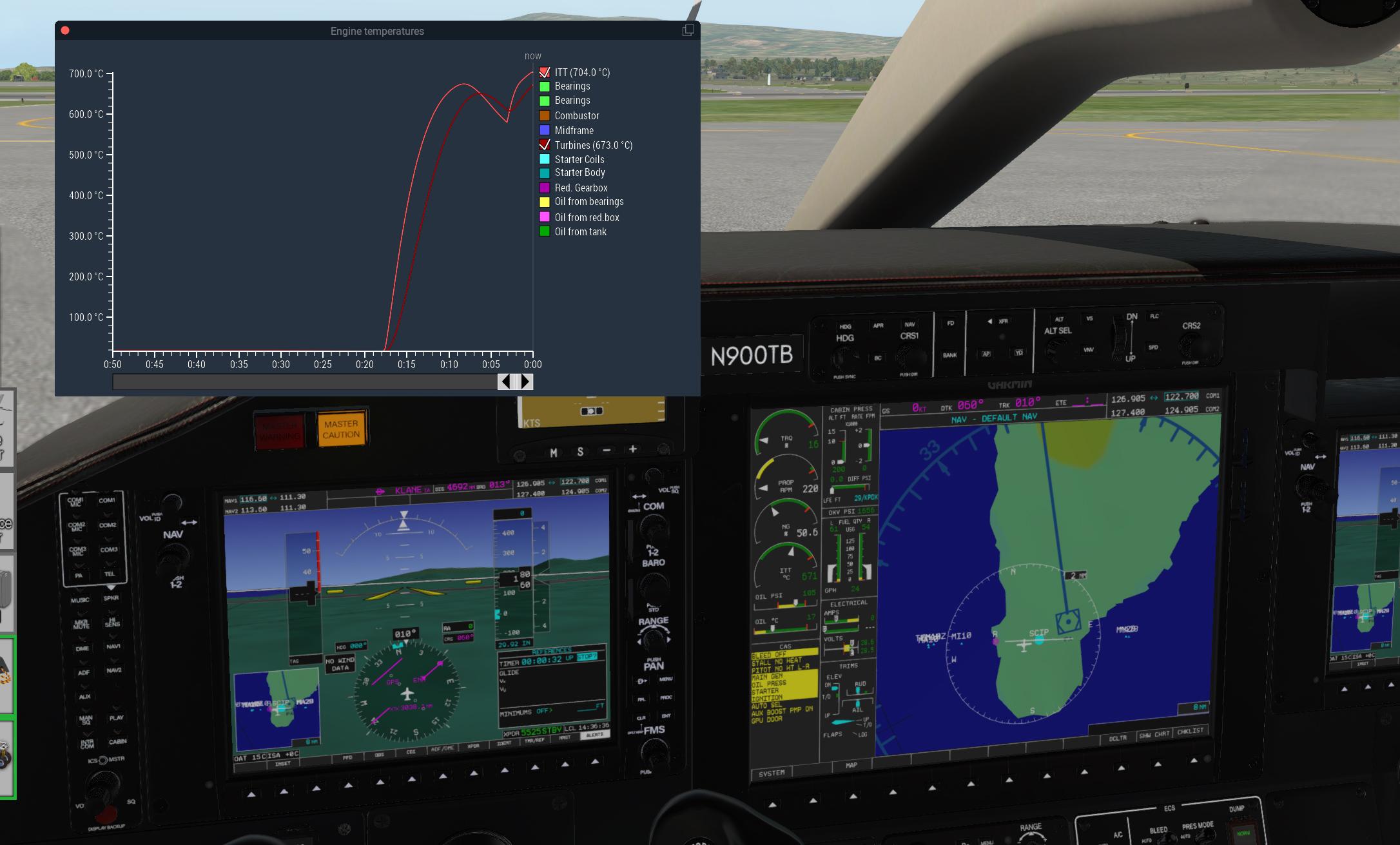
The post detailed the characteristics of the engine and its performance accuracy, and then continued to focus on sensor variations and inaccuracies as would be expected in the real world, such as the variation in the ITT temperatures:

In closing, HotStart stated more information will come tomorrow in the form of avionics. Be sure to check out all the developments of the TBM-900 here - this is an aircraft not to be overlooked!
--
A 'brief' list of features of the TBM-900:
- Heavily multi-threaded systems architecture to leverage performance of modern CPUs with many cores.
- Flight model tuned to perform to within a few percent of the real aircraft in the normal flight envelope, including maximum and stall speeds, rate of climb, fuel burn, trim behavior and control feel.
- Full aircraft state persistence. Every switch, flight control position, fuel state and on-airport position is restored upon reload. Even between reloads, system resources change in real time. The engine and oil cools down slowly between flights, the battery drains, tires slowly deflate, etc.
- Fine-grained systems model, down to individual sub-components. The always-on failure system realistically responds to wear & tear and overstress for each sub-component based on individual load factors. Over-torque, over-temp, frequent starts, hard landings, operating in FOD-contaminated environments and many more all affect individual sub-component wear & tear and service life.
- Sub-component wear realistically reflects on aircraft performance. Worn engine parts reduce maximum available power, worn prop reduces top speed, worn tires result in worse grip during ground ops, etc.
- Aircraft maintenance manager to inspect and repair or replace any damaged sub-component. The maintenance manager tracks per-airframe operating expenses in a realistic manner to show the real cost of operating the aircraft.
- Airframe manager that allows you to operate multiple simulated airframes, each with their own independently tracked wear & tear, livery selections and custom registration marks applied.
- Airframes can be automatically synchronized between multiple machines over the network with just a few clicks. This automatically syncs up aircraft position, configuration and wear & tear to simulate multiple users sharing the same physical aircraft. See how your fellow pilots treated the aircraft by checking the maintenance manager and engine trend monitoring outputs.
- X-Plane 11 G1000 avionics stack with lots of customizations and overlays to simulate the special extensions in the real TBM900. This includes a custom EICAS, systems synoptic pages and special integration with the extra simulated systems such as the weather radar, TAS, electrics, etc.
- Integrated Synthetic Vision into the PFD with obstacle display, navigation pathways, airport labels and TAWS-B integration.
- Integrated live charts display from FAA and Autorouter.aero. Navigraph integration will be available in a future update.
- Fully custom electrical system. Simulation of all buses, switching behaviors and reconfigurations. Full circuit breaker system, integrated with the X-Plane failure system, so a failed or failing system can pop a breaker.
- Highly accurate PT6 engine model with realistic startup and operating behavior. Engine lag, secondary fuel flow, ITT evolution, response to auxiliary load and many more fine-grained behaviors.
- Custom prop governor, with all modes simulated, including electric auto-feather with negative torque sensing.
- Crew Alerting System integrated into the avionics stack with all annunciations, takeoff/landing inhibits, flight state filters and "corner cases" simulated.
- Environmental Control System integrated into the custom EICAS. Air conditioning and pressurization respond in real time to environmental factors such as ambient temperature, pressure, available engine bleed air, cabin temperature setting, cabin pressure vessel failures, etc.
- Custom TAWS-B ground proximity warning system with all annunciations modes, inhibits, real-time impact point prediction and terrain painting up on the MFD to ranges of 200NM. The TAWS-B uses the X-Plane terrain DSF data to construct its database, so it is always "up to date".
- GWX 70 weather radar with weather & ground modes and realistic radar return painting. Full simulation of radar beam energy dissipation, signal attenuation when passing through dense weather and vertical cell analysis modes. Terrain mapping accurately paints surface features, including recognizable peaks, valleys and lakes. Supports the X-Plane 11 default atmospheric model as well as xEnviro.
- GTS 820 Traffic Advisory System (TAS) with aural alerts + visual alerts, the TAS MFD page and compatibility with X-Plane default traffic, PilotEdge, Vatsim and IVAO.
- Full simulation of the ESI-2000 standby instrument, including all configuration pages, sensor failures, AHRS drift and "roll-over" during extreme maneuvers, realistic battery operation and real-time battery depletion, etc.
- Dynamic custom registration mark paiting on the fuselage and instrument panel with support for custom TrueType fonts, colors and positioning. This lets livery painters make a "generic" livery and each pilot apply their own custom registration mark with just the click of a button directly in the simulator. Liveries can specify a custom position and font to optimize the look.
- Custom sound engine with samples from the real aircraft and accurate modeling of individual engine states and sub-component noises such as fuel pumps, gear pumps, flap actuators, etc.
Share this page
COMMENT ADVISORY:
Threshold encourages informed discussion and debate - though this can only happen if all commenters remain civil when voicing their opinions.




.webp)
.webp)




